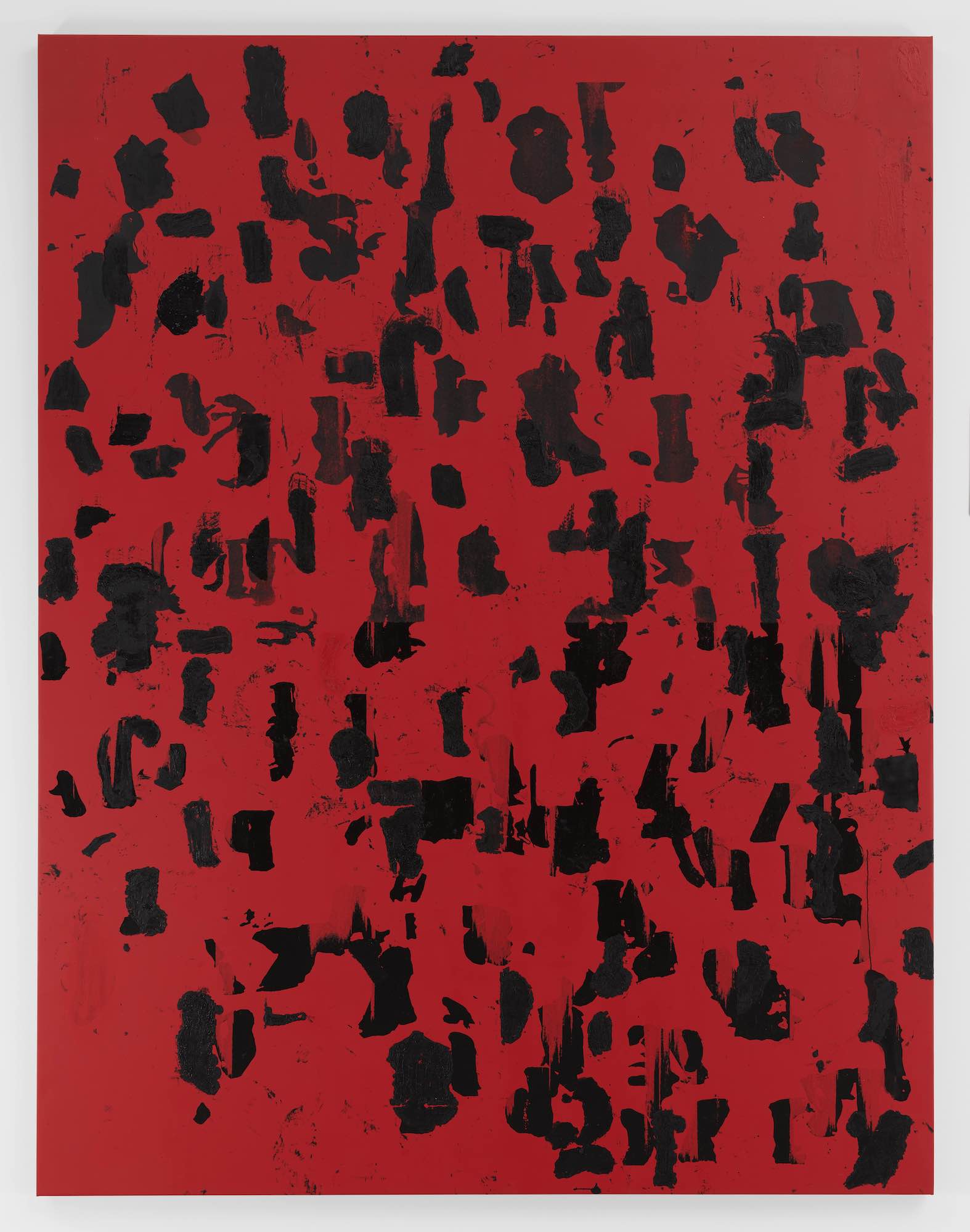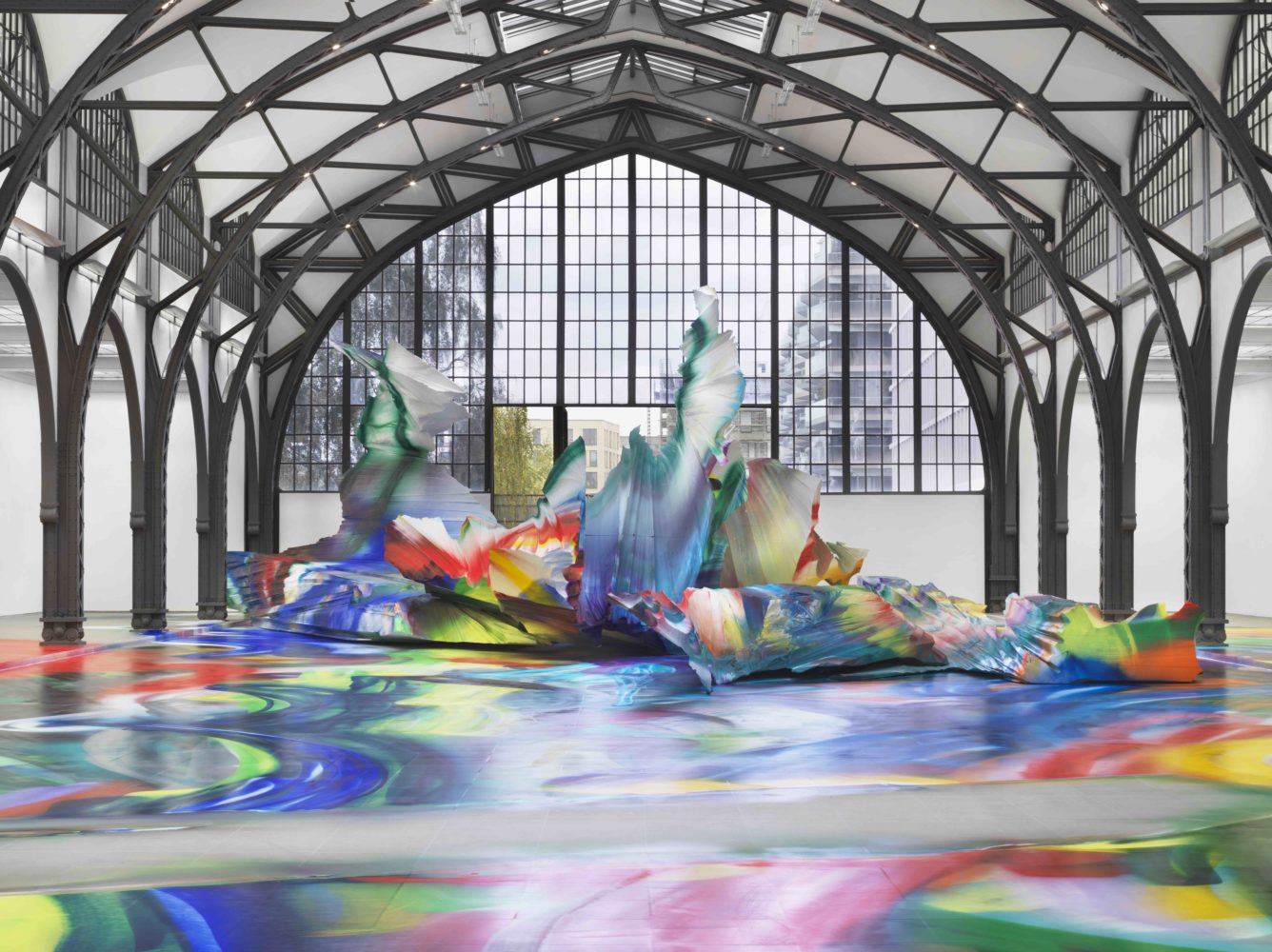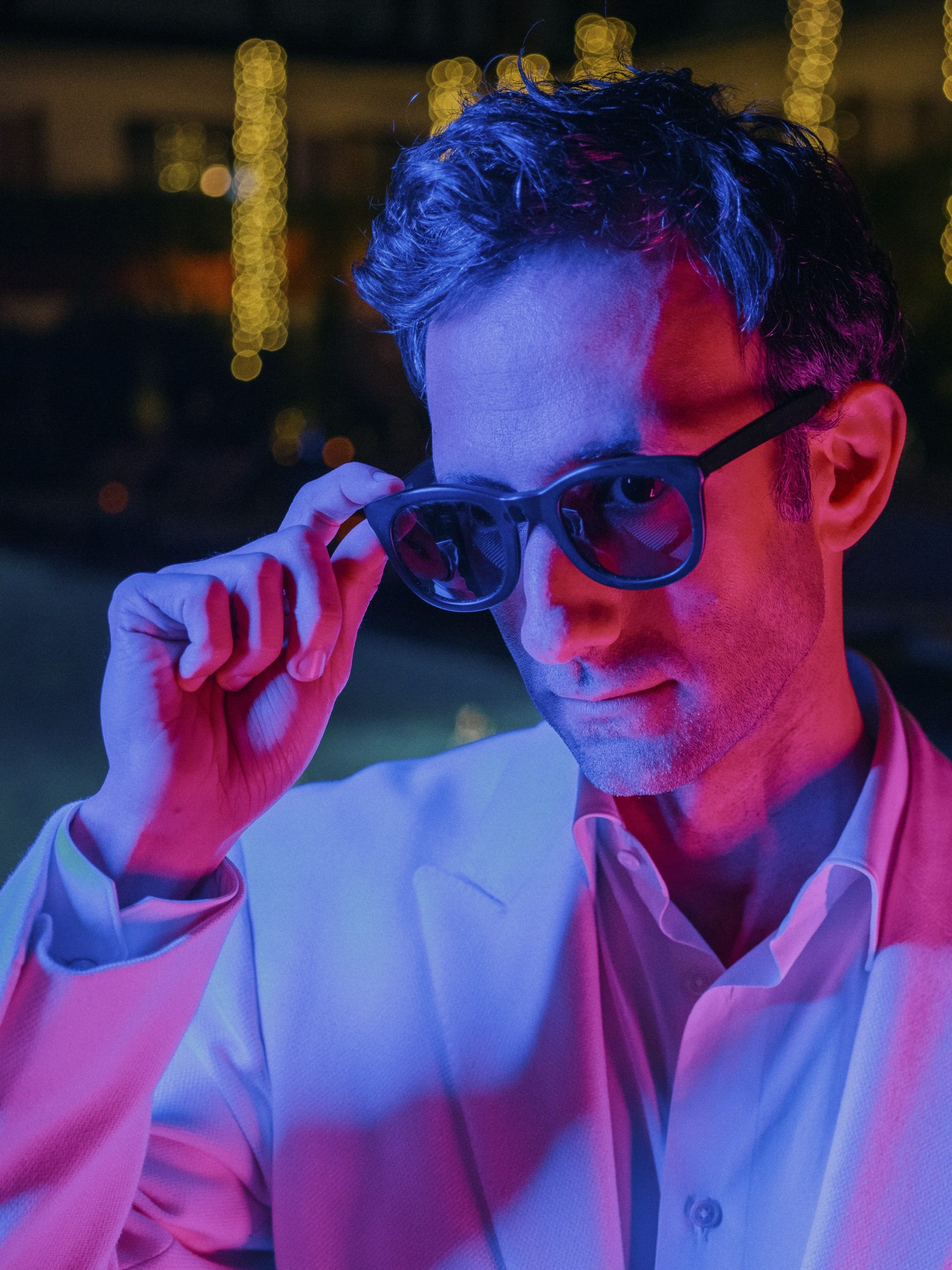A few years ago, Jayne Drost Johnson bought a unique property in Garrison, New York, just off the Metro-North, that boasted a former ice house. Looking for both a respite for her young family and a space that would fit a kind of gallery model that better balanced work and life, she opened JDJ the Ice House, converting the historic structure into an intimate, engaging site. Presenting a variety of thoughtfully curated group and solo shows since 2018, the world of JDJ expanded to a space in Tribeca—an opportunity that opened up in the middle of the pandemic Johnson found herself unable to pass up.
The two spaces in locales that are ever growing in popularity now offer independent programming as well as complementary shows, including two projects from Athena La Tocha and Garrison (May to July) and Tribeca (January 2023). Whitewall spoke with Johnson about championing artistic investigations like La Tocha’s, as well as recognizing the work of still-practicing legends like Susan Weil.
WHITEWALL: This summer and next winter you’ll host two shows with the artist Athena La Tocha. Can you tell us about what will be on view?
JAYNE DROST JOHNSON: Athena always works in a very site-specific manner, and her two exhibitions at each gallery space will reflect their environments.
In Garrison, Athena will make three new large-scale pieces that use earth from the surrounding landscape, as well as lead-based elements that are hand-formed around rock formations found in the terrain surrounding the gallery. The Hudson Highlands, which is where Garrison is located, is a fascinating place in terms of its geological origins—the bedrock of the Hudson Highlands is more than a billion years old, and the Hudson River’s tremendous depth in this region was formed by glaciers. There are dramatic rock formations throughout the area, which are traces that remain from this dramatic geological activity, and particularly in the forests surrounding the gallery, where Athena and I did a site visit hike.
The unique terrain played an important role in the movement of people through the area as well: The Appalachian Trail runs along the top of the mountain ridge just behind the gallery, and the area was an important site for military activities during the Revolutionary War.
The Tribeca exhibition will bring together a series of new, intimately scaled works that respond to the urban environment in which they were created, during Athena’s residency at the Sharpe-Walentas Foundation in Dumbo. These works incorporate ink and earth from Green-Wood Cemetery, one of the only places in New York City where one can find untouched, pre-industrial soil.
WW: Can you tell us about the process and material technique behind the artist’s large-scale work?
JDJ: Athena uses ink and earth applied on heavy, resin-coated paper. Rather than use brushes or traditional art-related tools, she uses industrial materials like bricks and shredded tires to make marks on the paper. It is a very active, intuitive process for her: She works with the paper on the floor, letting the materials pool and recede, applying them thickly and then scraping them off—the end result gives each work a sense of topography.
Scale can shift dramatically—some works are very intimate, others are more than 50 feet long—but there is always a sense of energy and emotion that is expressed by her mark-making. She was born and raised in the Alaska wilderness, and also lived quite close to oil drilling sites, so from an early age she has been fascinated by the shaping of the earth, both by natural events as well as humankind’s impact upon the earth—both are incredible forces, but nature always wins in the end. We are more aware of this fact than ever as climate change is undeniably asserting itself despite mankind’s desire to bend nature to its will.
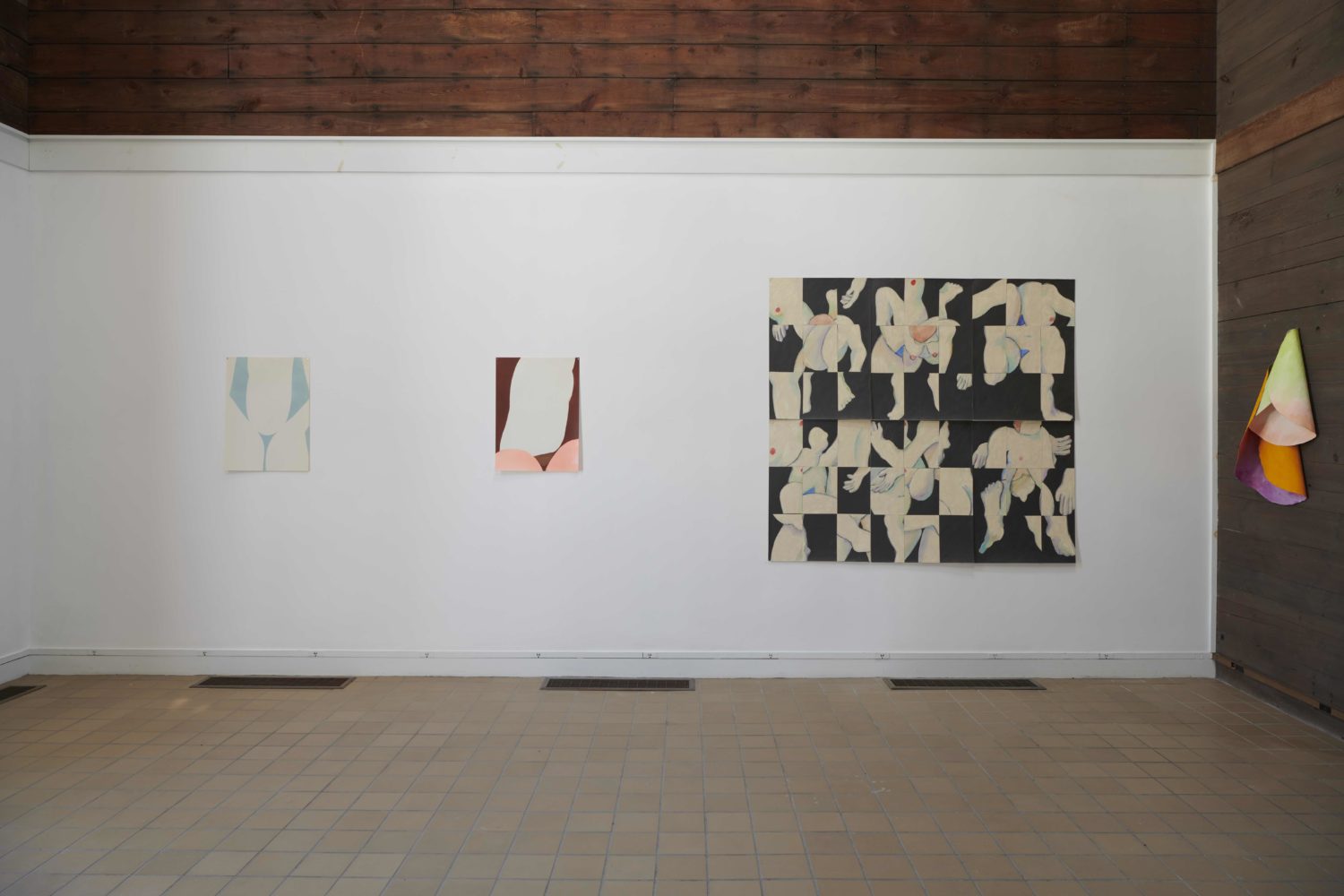
Installation view of work by Susan Weil at the Ice House, photo by Kyle Knodell, courtesy of JDJ.
WW: This summer in Garrison you’ll also have a show by Susan Weil. What works will be on view there?
JDJ: My solo exhibition with Susan Weil will open in August. The exhibition focuses on her “Soft Folds,” a series of paintings made on unstretched canvas, folded and draped into sculptural configurations. Susan made these works primarily in the 1980s and early 1990s, but she has returned to them recently, so there may be some brand-new works in the exhibition as well. The intricacies of drapery found in works from this series are often reminiscent of a body as expressed through clothing, like the folds found in the robes of Renaissance paintings.
WW: What is it like representing an artist with such a rich history and career, showing their work in this moment?
JDJ: Susan Weil came of age as an artist in the postwar period studying under Josef Albers at Black Mountain College with Willem and Elaine de Kooning, Jasper Johns, Robert Rauschenberg, and Cy Twombly. She has a fantastic sensibility with regard to the use of color as well as the simplicity of line and form. She’s fascinated by movement and the passing of time, and over the last sixty years, she’s come up with so many inventive ways to depict movement within her work. Susan is 92 years old and still in the studio several days a week, coming up with new ideas. She is such a deeply inspiring artist to work with, and it’s an honor to have the opportunity to share her work with the world!
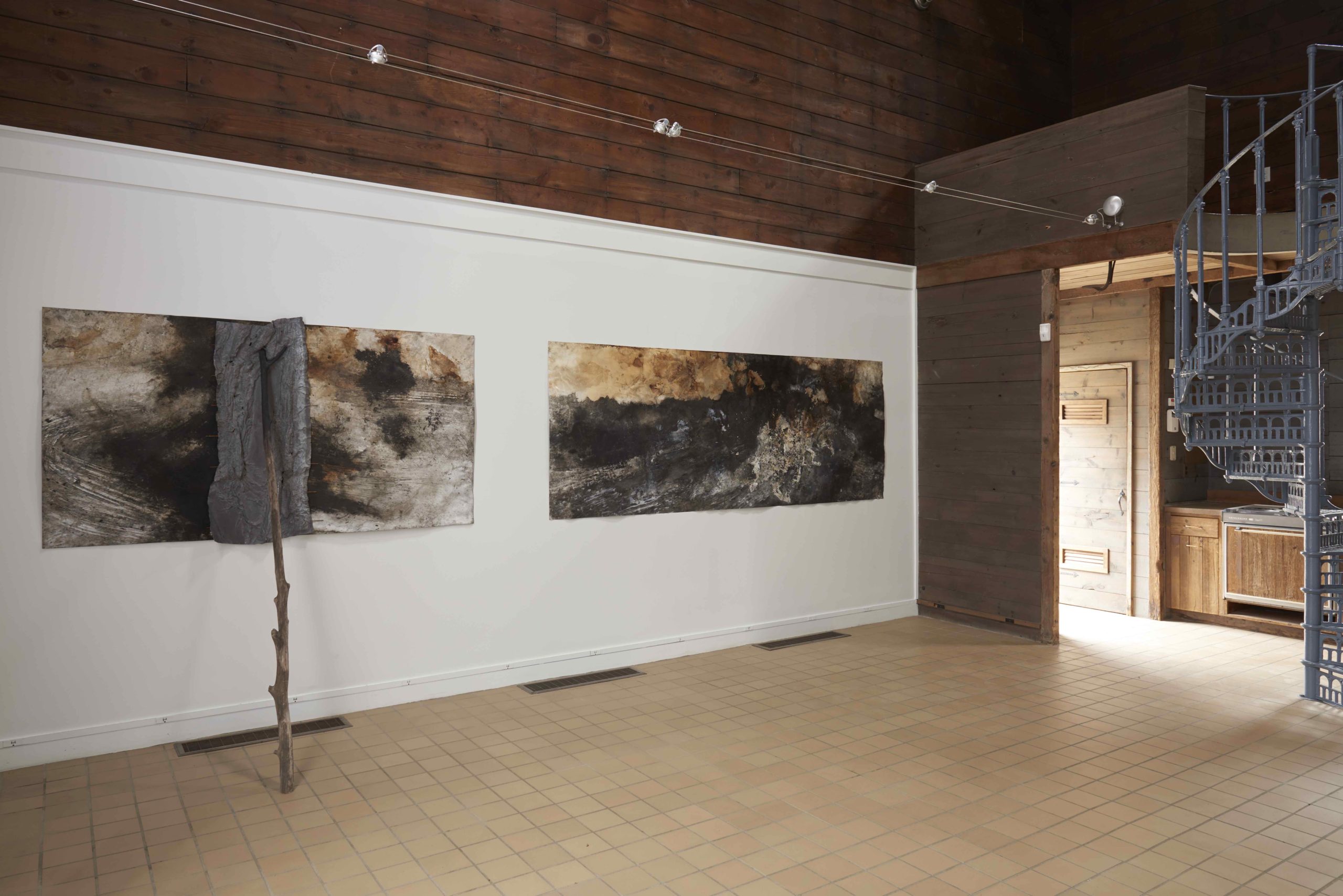
Installation view of work by Athena La Tocha at the Ice House, photo by Kyle Knodell, courtesy of JDJ.






